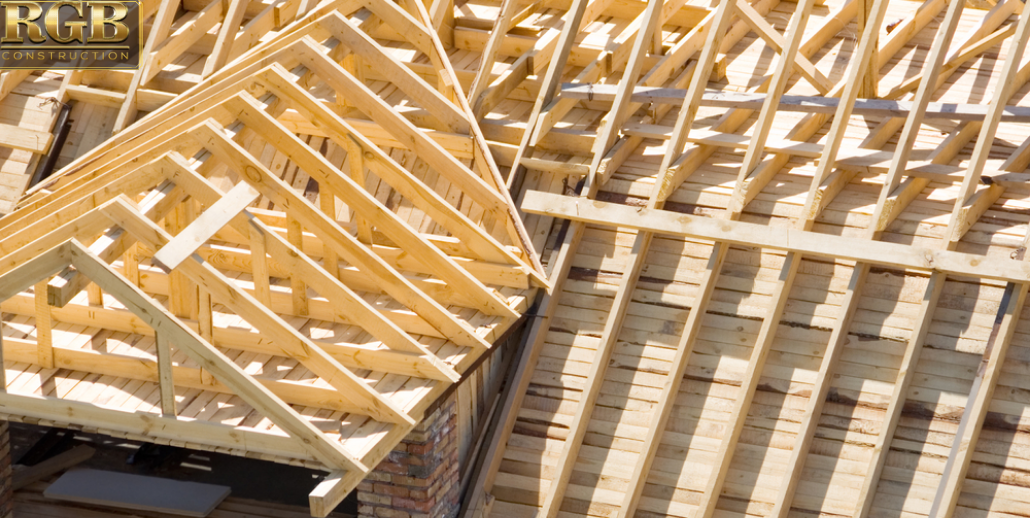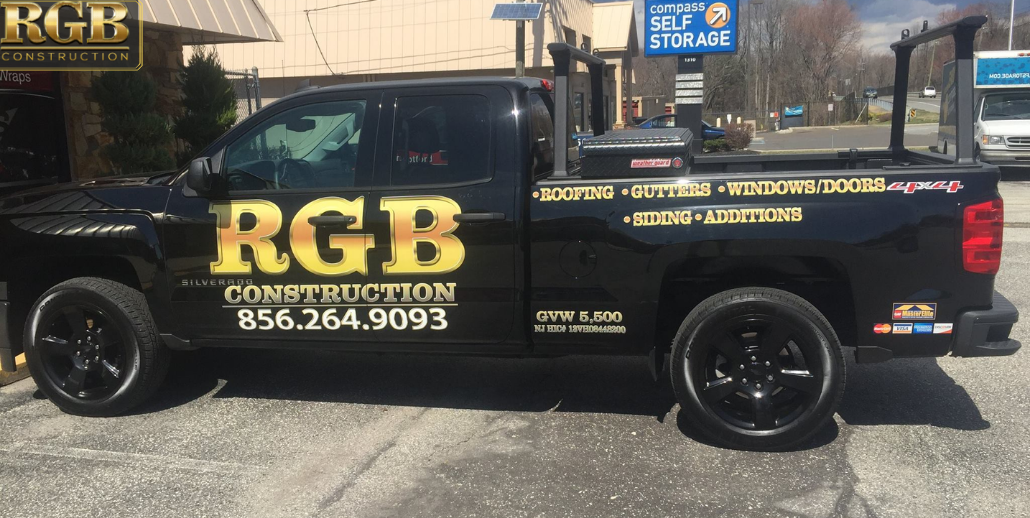Why do you need to know about roof trusses? Well, if you plan on any changes in your roofline or are building a new home, you’ll want to know what roof trusses are and why you’ll need them. Here’s a rundown on the common truss types and the advantages of using them.
1. What Is A Truss?
Roof trusses are a good way to frame a roof, plus they’re a lot less expensive than traditional rafters and they’re convenient as well as versatile.
A contractor uses trusses as an option to rafters, or what’s known as stick framing. Trusses are smaller pieces of lumber; whereas, you commonly see rafters in 2x8s or 2x10s size boards. When you do use rafters for roof framing there is involvement with hiring skilled carpenters to build and install rafters for either home or commercial use. This specialization aspect with rafters makes them more costly than trusses.
Roof trusses make up the frame of a roof. They influence a roof’s shape and its ceiling, plus they bring support to a roof. With manufacturing, trusses go through an engineered process and are pre-built in a factory setting. The materials used are lightweight and smaller (2x4s) and they’re transported to construction sites across the country.
Trusses come in three parts that include:
- Top chords
- Bottom chords (other identifying names = I-joists, or ceiling joists)
- Webbing/post
2. What Are Trusses Used For?
Trusses bring support and strength to a roof’s frame. They also support additional weight over time. The structural framework of a truss provides both support and strength to a roof and is crucial to the frame of a roof. In addition, trusses span the divide or space above a room and they occur at regularly spaced intervals and are held in place for support by longitudinal posts. They essentially are triangular in their structure and are made to maintain the integrity of a roof.
3. 6 Common Truss Types
There are many types of trusses available for just about any roofing project. Here’s a listing of the 6 common truss types for your home or business. If you want more detailed information on the type of trusses you want to use in your home project, check with roofing companies in Delaware for the answers you need.
King Post Truss
A king post truss is usually for home additions, garage construction and other smaller projects. It’s a simple, common truss, which and uses the least number of frame parts. It takes two top chords, a bottom cord and a vertical post (king post) and two webbing chords. As this simple design uses fewer materials, it usually comes in at a lower price than other trusses; however, this type of truss won’t span distances, so they are of best use in smaller projects.
Queen Post Truss
Queen post trusses are usually for large residential construction and home additions. The design of the truss is like a king post. It’s a simple and solid design. The truss has two queen posts in the center with a straining beam connection. Added posts make it a bit more expensive, but the two vertical posts give a greater span than the king post, which allows the use of the queen truss in larger projects.
Fink Truss
A fink truss is another common truss that you see in residential construction. Its webbing is in the shape of a W, which gives the truss a greater load-bearing range. The webbing’s position allows for storage space and brings additional space to provide room for larger things like a water tank. It’s one of the most economical trusses as it spans greater distances.
Attic Truss
An attic truss will provide additional storage space and even additional living space. There are attic trusses that are constructed to allow for additional attic space; however, with many trusses, the webbing limits attic space. An attic truss is similar in appearance to a queen post truss, though you situate the two further away to allow for additional attic space. With a wide building, the attic space will be larger. Also, with a steep roof, the roof pitch will create a taller attic ceiling.
Scissor Truss
Scissors trusses are for home construction projects that call for vaulted ceilings. A scissors truss makes it workable to construct this type of ceiling. With a scissors truss, they slope the bottom chords, which help to create a ceiling in the room beneath it. They allow for both speed and ease
because of using already engineered wood trusses. You can use scissor trusses in one area of a home while using other kinds of trusses in other areas where you’d rather not have vaulted ceilings. From the exterior of a home, the roof will look uniform even with high ceilings in one or two areas. Keep in mind that scissor trusses are more expensive than other trusses.
Gable Truss
Gable trusses are the bookends of a residential roof. You commonly use them with other trusses, as gable trusses play the end cap for a roof. Their construction involves two top chords, a bottom cord and many vertical posts. You usually use gable trusses in combination with other types of trusses. They have two top chords, one bottom chord, and many vertical posts. Roof installers place gable trusses on each end of the roof framework to support roof sheathing. This type of truss is more costly (25-50 percent more) than standard trusses.
4. Advantages Of Roof Trusses?
The advantages of roof trusses are many, but the biggest advantage of all is that trusses are considerably cheaper than rafters (by over 30 percent). Roof trusses are also helpful because lighter materials go into the manufacturing and production of materials. They’re also bought in larger quantities, which brings down the price of materials.
Labor costs that are linked with truss costs are also lower because skilled labor isn’t required to build or install them. One other advantage of a truss system is the distribution of its weight on a roof. A truss system shifts the roof’s weight to the exterior walls of a house rather than the interior walls. With little to no load-bearing walls, a contractor can help you create more of an open-concept area in your home. It’s also easier for you as a homeowner to remove interior walls in the future for different home remodeling projects. With the almost endless designs with trusses today, you can select roof framing for almost any style.
If you’re looking for a roof truss for your home or business and you’re not sure what type you need, get in touch with RGB Construction at 856-264-9093. We have the experience, the skill, and know-how to advise you on roof choices. RGB is also a veteran-owned and operated business, which means integrity first, along with commitment, workmanship and timeliness.









